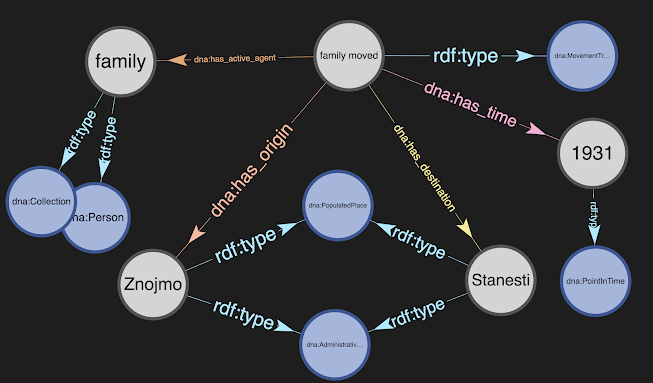What Is Deep Narrative Analysis Trying to Accomplish?

Deep Narrative Analysis' (DNA's) long-term goals will be achieved by research and experimentation, taking small steps and refining our designs. Our ultimate goal is to create a tool that compares narratives and news articles, and indicates where they align and diverge, what events are mentioned (or omitted), and what words are used. This, then, can be used to understand if a news article is biased, or if there are certain themes that are consistent across a set of narratives and articles. Regarding themes in narratives, DNA can be used to find evidence regarding what combination of circumstances, actions and events are correlated with an individual's success or failure in a situation, such as overcoming addiction. To achieve this long-term goal, we need to transform the text of a news article or narrative into a semantically-rich, machine-processable format. Our choice for that format is a knowledge graph . The transformation is accomplished using syntactic and semantic pro...

